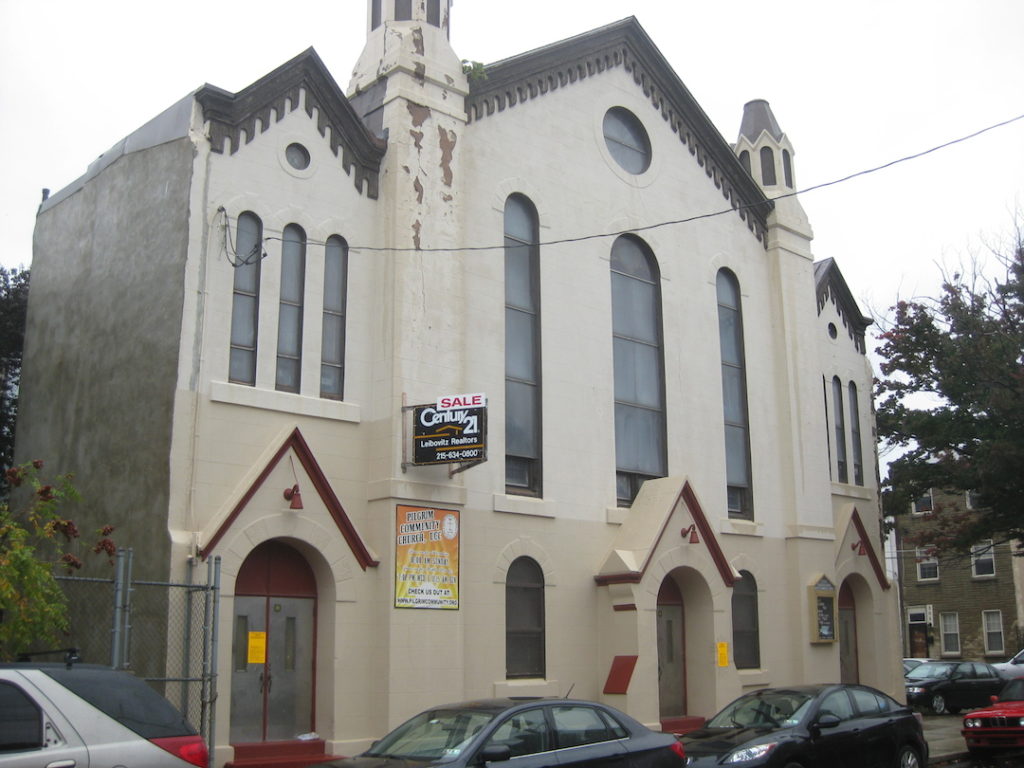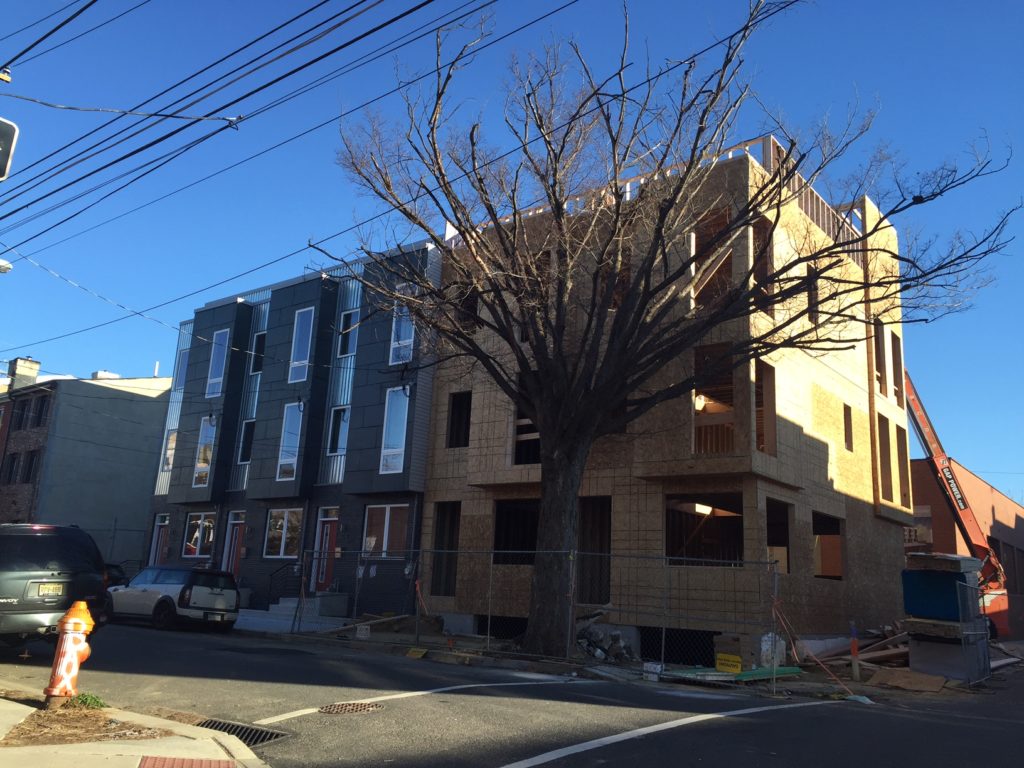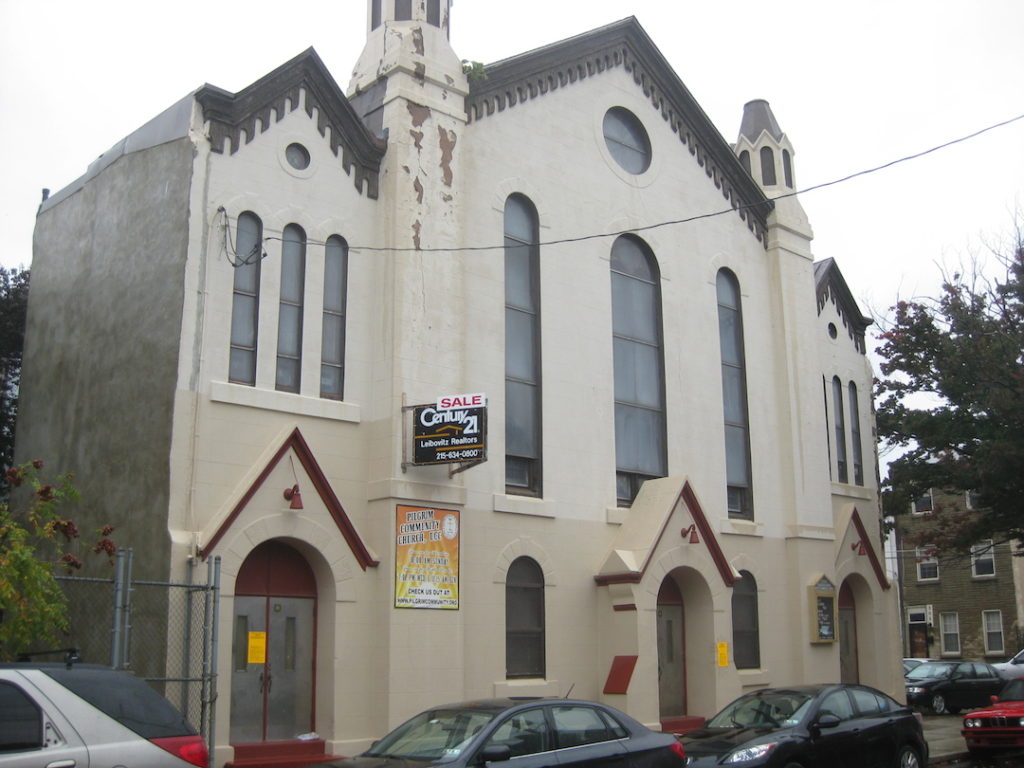When we learned, a couple years back, that the Pilgrim Congregational United Church of Christ had moved from their longtime home at 1401 Marlborough St. and placed their property on the market, we immediately suspected that developers would step in with a proposal for demolishing the church and replacing it with new homes. We weren't altogether thrilled by the prospect, since the building was really unique and even the most amazing residential project wouldn't compare architecturally.

Wouldn't you know it, developers purchased the property for $500K and proposed a six-home development for the site. After some back and forth with the community, the project was revised to a five-home development and demolition began a little less than a year ago. The first phase of the project, which was designed by Paul Drzal, meant the construction of three homes, all of which are now finished and sold. The last two homes are now under construction.

1403 Marlborough St. is currently listed for sale for $465K, and the corner property is under agreement at a list price of $495K. This is certainly on the higher end for this neighborhood, but considering the parking in the rear and the fact that the homes are located half a block from Frankford Avenue, we can wrap our heads around the price point. With the first round of homes selling very quickly, it's not a shock that one of the two remaining homes are already under contract, and we'd guess that the other will soon follow.
As new construction homes go, these are actually pretty interesting, with a combination of brick, metal, and cement board on the facades. But as we suspected, they don't compare to the church building, now lost forever. Philadelphia has lost many former churches in different neighborhoods, in recent years, almost always at the expense of residential development. Every demolition is an expression of the booming real estate market, but represents a loss of architectural diversity for those neighborhoods. Had this church been preserved, what would have been an appropriate reuse? Would it have been economically feasible?

